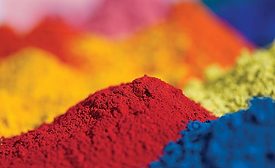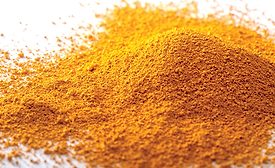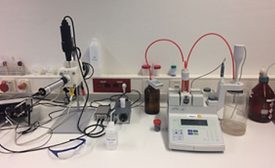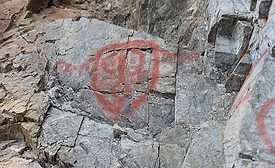Paint and Coating Pigments
Rapid Innovation in Colorant Technologies Worldwide
and Their Impact on Pigment Market Trends
Read More
Keep the info flowing with our eNewsletters!
Get the latest industry updates tailored your way.
JOIN TODAY!Copyright ©2024. All Rights Reserved BNP Media.
Design, CMS, Hosting & Web Development :: ePublishing











